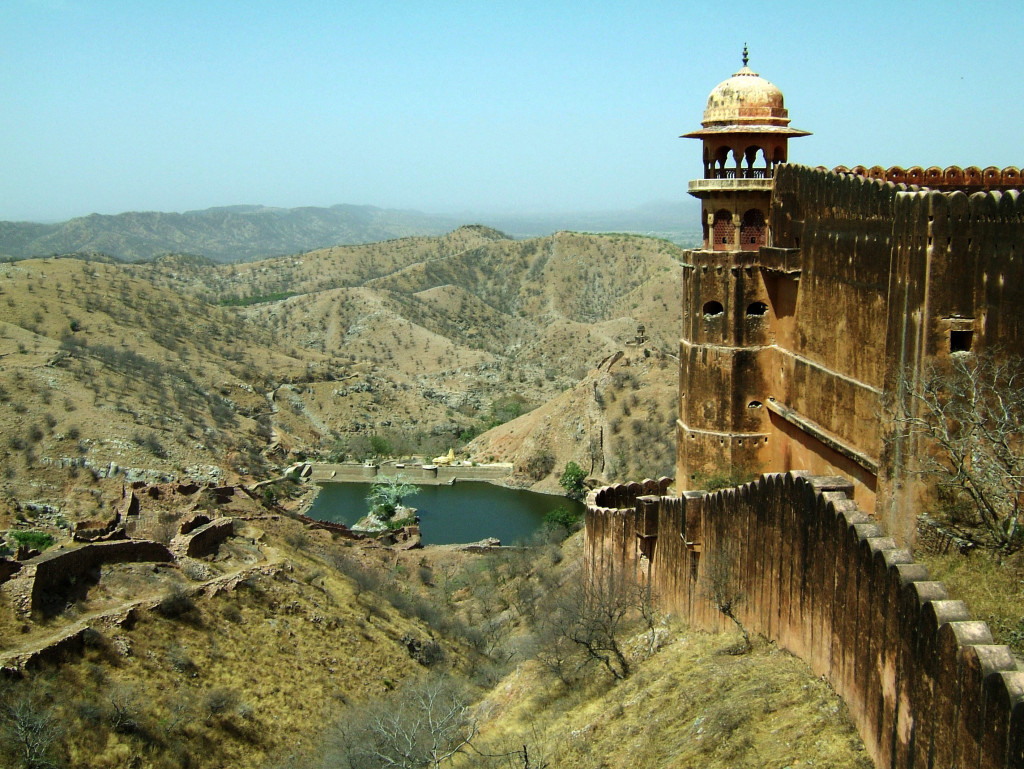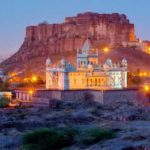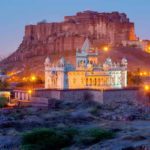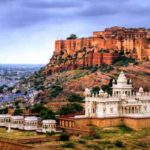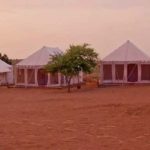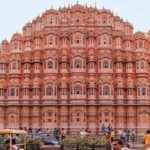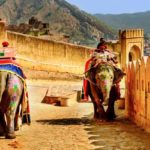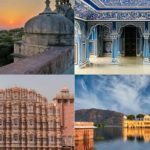Rajasthan is one of the most popular tourist destinations in India. The state witnesses a high inflow of domestic and foreign tourists every year. The sunny weather of Jodhpur, the beautiful sand dunes of the Thar Desert, the amazing camel rides of Jaisalmer, the mouth-watering delicacies of Bikaner, the Pushkar animal fair – these are just some of the fascinating offerings Rajasthan has in store for its visitors. There are innumerable tourist places to visit in Jaipur. Jaipur is best place of tour destination in Rajasthan he called pink city. Jaipur is the city for you. If you are passionate about the strong forts and marvelous architecture that flaunt the expertise of the artisans of the past, Jaipur is where you need to be on your vacation. If you long to experience the flamboyant lifestyle of the past rulers even if it is only for a few days, Jaipur’s palaces-turned-heritage hotels are where you need to stay for a lifetime experience. If you fancy elephant rides, you need to be in Jaipur to have a royal ride on the elephants. You can customize the rides the way you need, take elephant rides on jungles, through villages, in Biological Park and many more. If these were not enough to decide in favor of Jaipur, go ahead to have a look at the top list of attractions in Jaipur and you cannot resist any more.
Amer Fort
Amber Fort Jaipur The Amer Fort, situated in Amber, 11 kilometers from Jaipur, is one of the most famous forts of Rajasthan. Amer, originally, was the capital of the state before Jaipur. It is an old fort, built in 1592 by Raja Man Singh. This fort is also very popularly known as the Amer Palace. The Amer Fort was built in red sandstone and marble and the Maotha Lake adds a certain charm to the entire Fort. Though the fort is quite old and may even look so from the outside, it is beautiful on the inside and boasts of various buildings of prominence like the ‘Diwan-i-Aam’, the ‘Sheesh Mahal’ and even the ‘Sukh Mahal’. The Amer Fort has influences of both Hindu and Muslim architecture. This fort also has the ‘Shila Devi’ Temple and the ‘Ganesh Pol’ which is a gate that leads to the private palaces of the kings. The Amer Fort has many pavilions and halls of great interest and other popular attractions.
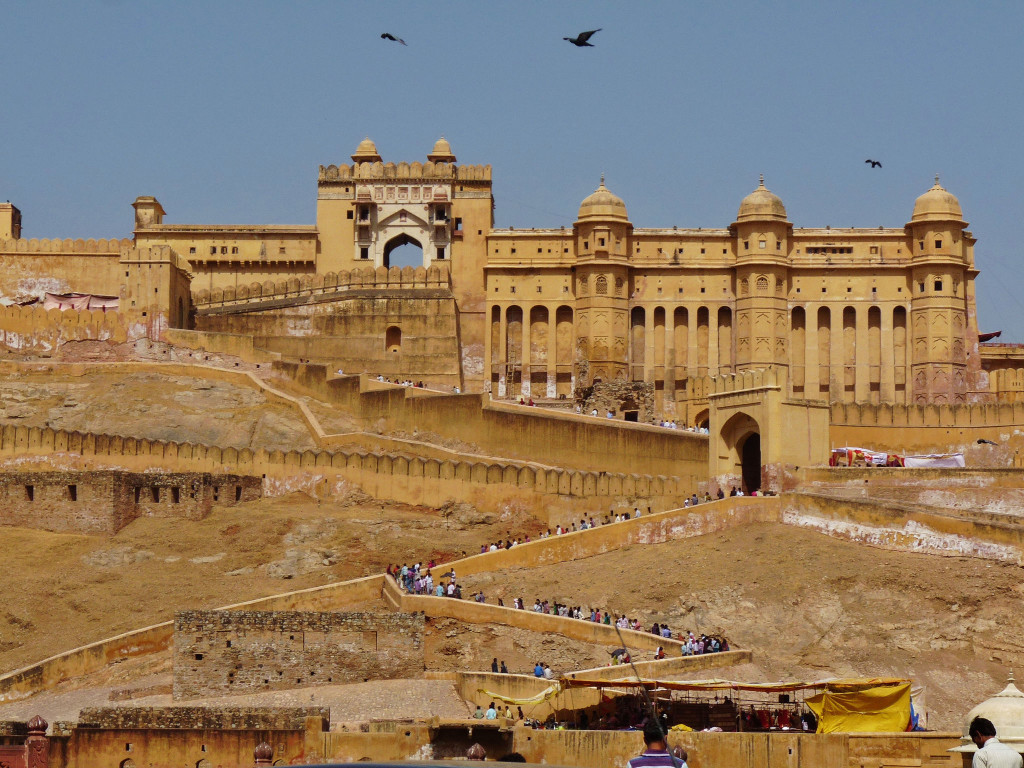
Jantar Mantar
There are plenty of observatories all over the world, but the Jantar Mantar is considered to be one of the largest observatories ever built. Combining religion, science and art, the Jantar Mantar is the name given to a series of five, magnificent structures built in Jaipur, New Delhi, Ujjan, Varanasi and Mathura. Jaipur was the seat of Maharaja Jai Singh II during the 1720’s and this is when this magnificent structure was built here. The Jantar Mantar in Jaipur is considered to be the largest of the five observatories and also houses the world’s largest sundial. The Universe and the Cosmos have always been of interest to man, and it was this interest that compelled the Maharaja to build an astronomical observatory. The term ‘Jantar Mantar’ is derived from the Sanskrit terms ‘Yantra’ and ‘Mantra’ meaning ‘instruments’ and ‘formula’ respectively. The term ‘Yantra’ was replaced with ‘Jantar’ which means ‘magical’. The Jantar Mantar houses various architectural and astrological instruments that have caught the interests of astronomers, historians and architects around the world.
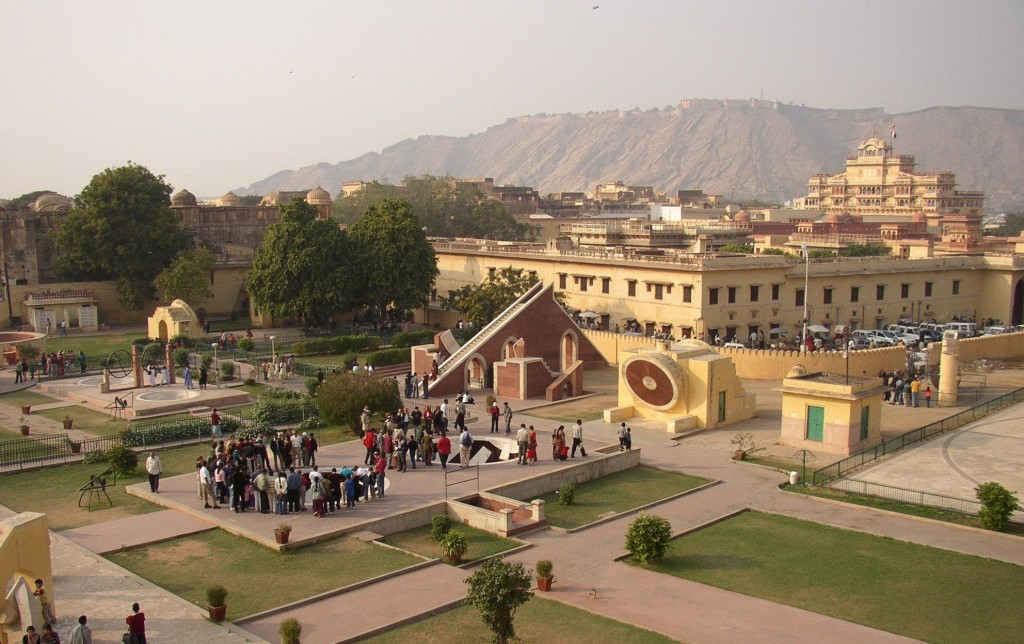
Hawa Mahal
The Hawa Mahal Jaipur is the beautiful many windowed extension of the City Palace that is said to resemble the honeycomb structure of a bee’s nest. Since the construction of the Hawa Mahal Jaipur in 1799 the building has become the iconic structure of the city and the pink sandstone palace is considered as the finest example of Rajput architecture.
The Hawa Mahal Jaipur translated into English means the Palace of the Winds and this name is in reference to the clever cooling system which propagates a gentle breezes through the inner rooms even during the intense Rajasthan summers. This ingenious design has been completely lost after a recent renovation in which windows were installed behind each of the lattice openings, so today the palace of winds has no wind.
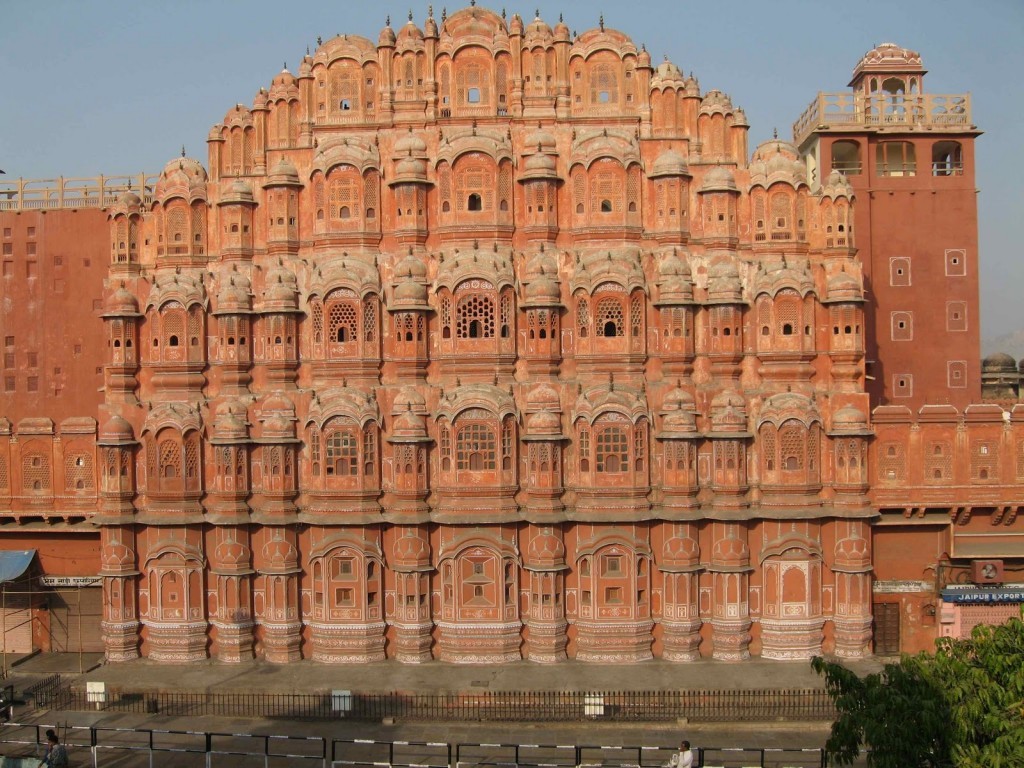
City Palace
The City Palace was built by Maharaja Sawai Jai Singh and is a blend of Rajasthani and Mughal architecture. It is surrounded by spacious courtyards, gardens, and temples.
There are several buildings in the complex including a very interesting arms & weapons museum located in the Maharani’s Palace (which was once the queen’s apartments). The Maharaja Sawai Mansingh II Museum has a fabulous collection of royal costumes, block printed materials, pashminas, embroderies, and fine silks.
The Diwan-i-Khas is the Hall of Private Audience done in marble. In the gallery are two huge silver vessels filled with holy Ganges water. The vessels hold 9000L, stand 160cm tall and are the largest sterling silver objects in the world.
The art gallery is housed in the former Diwan-i-Am (Hall of Public Audience). A few highlights there included a beautiful painted ceiling with semi-precious stone colours, a huge crystal chandelier, and a copy of the entire Bhagavad Gita handwritten in tiny script (as well as miniature copies of other holy Hindu scriptures).
With all of the exquisite things to see in the City Palace it is hard to pick a favorite, although I loved the archways and doors, and the Peacock Gate.
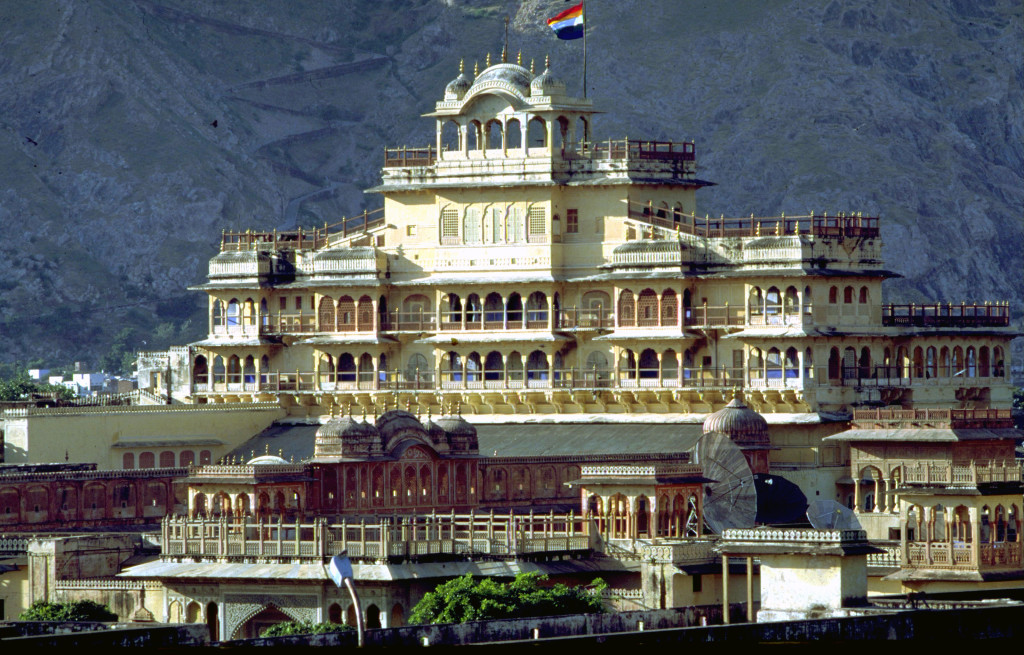
Nahargarh Fort
Nahargarh Fort JaipurThe Indian state of Rajasthan is famous for its royal heritage. Formed by the union of many princely states ruled mainly by Rajputs, Rajasthan has many forts and palaces. Some of these palaces and forts are associated with important historical events as well. Nahargarh Fort, along with other two forts viz., Amer Fort and Jaigarh Fort, once formed a strong defense for Jaipur city. Built by Maharaja Sawai Jai Singh II in 1734, this fort was originally named Sudarshangarh Fort. Later, it was given a new name, Nahargarh which means ‘abode of tigers’. Located in one of the oldest mountain ranges of the world, the Aravalli Hills, this fort gives you a breathtaking view of the scenic surroundings. One of the major tourist attractions of Jaipur, Nahargarh Fort is noted for its extended wall which connects it to the Jaigarh Fort.
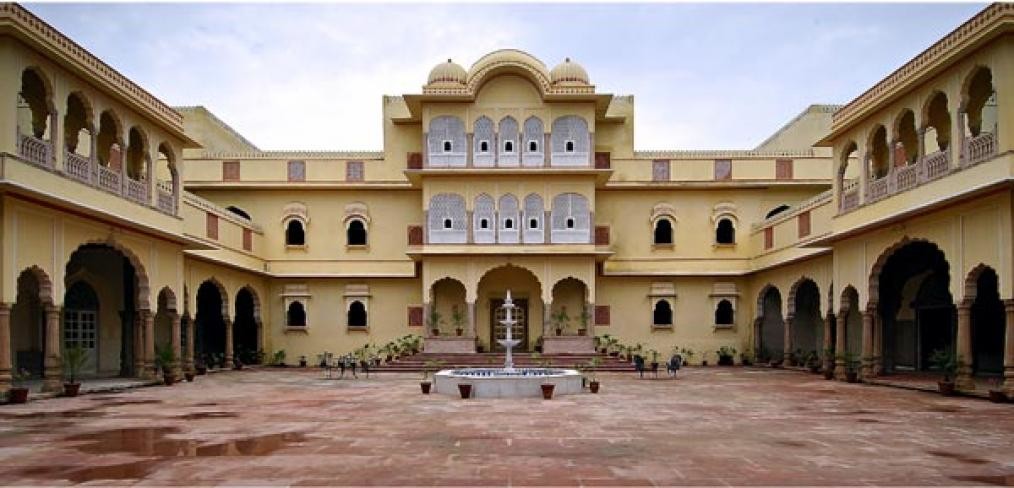
Jaigarh Fort
Jaigarh Fort Jaipur The Jaigarh Fort is a majestic stronghold built by Sawan Jai Singh II. This almost-intact fort is surrounded by huge battlements and is connected to the Amer Fort (also called ‘Amber’ Fort), with subterranean passages. Originally built to protect the Amer Fort and the palace within the complex, the Jaigarh Fort is architecturally similar to the Amer Fort, and offers a panoramic view of the city of Jaipur. The fort houses the world’s largest cannon on wheels, a majestic palace complex and the assembly hall of the warriors known as ‘Shubhat Niwas’ along with a museum and an armory. Apart from the intricate architecture of the fort, the fort was also renowned for a huge treasure that was believed to be buried under the fort. It is now said that the government of Rajasthan seized the treasure when it was discovered in the 1970s. The Jaigarh Fort was built to secure Jaipur City and the Amer fort from warlords and rivals.
